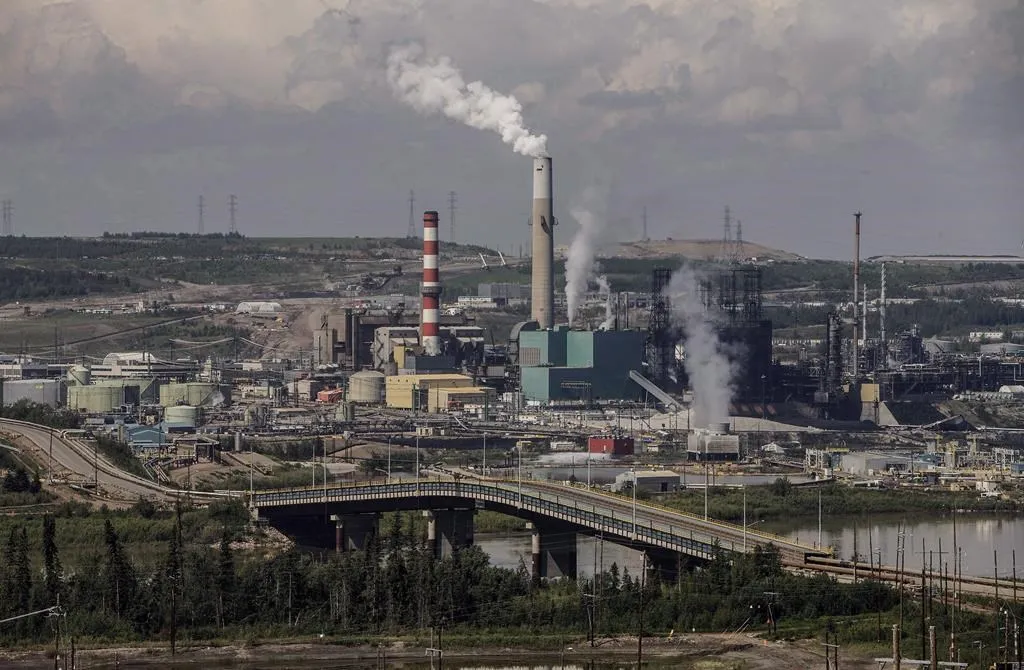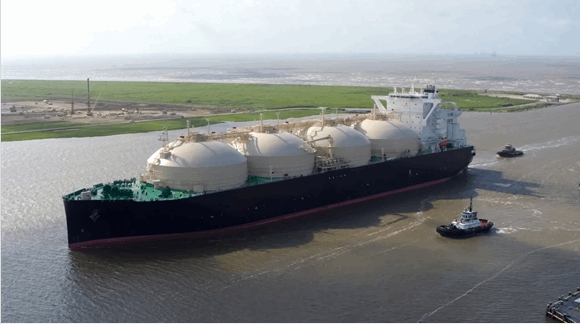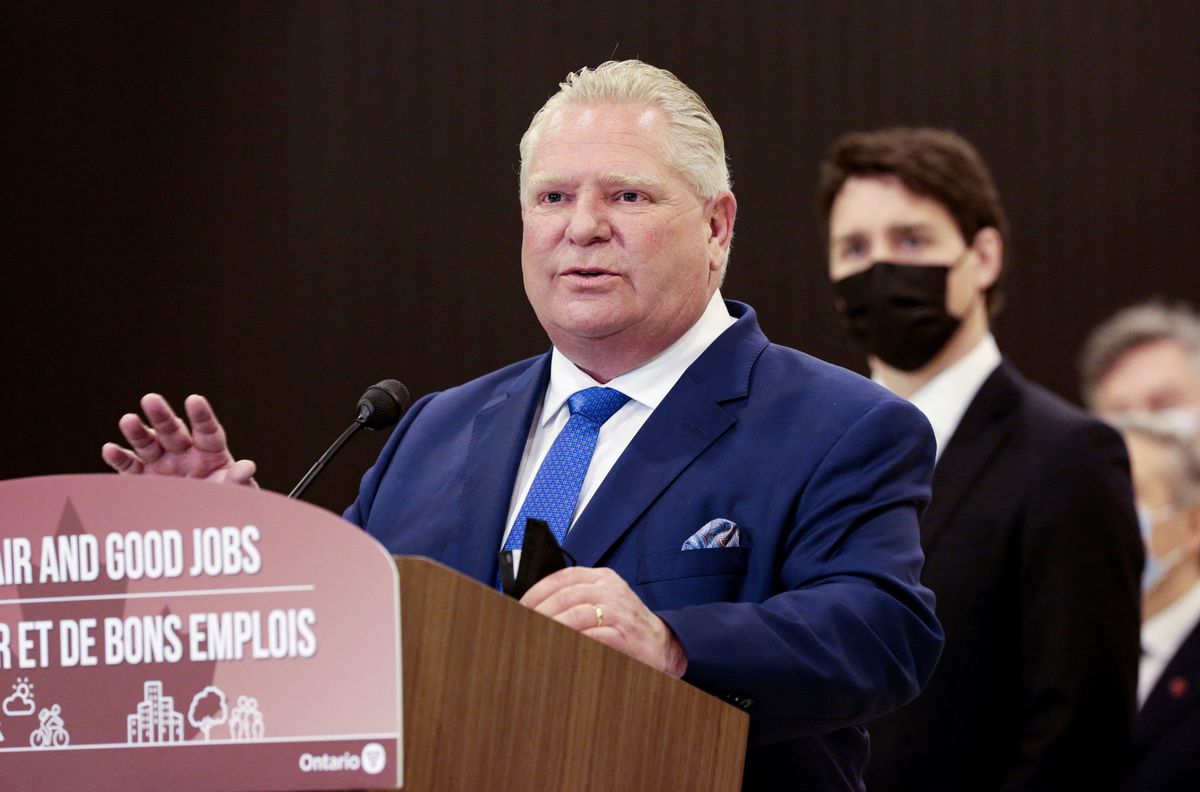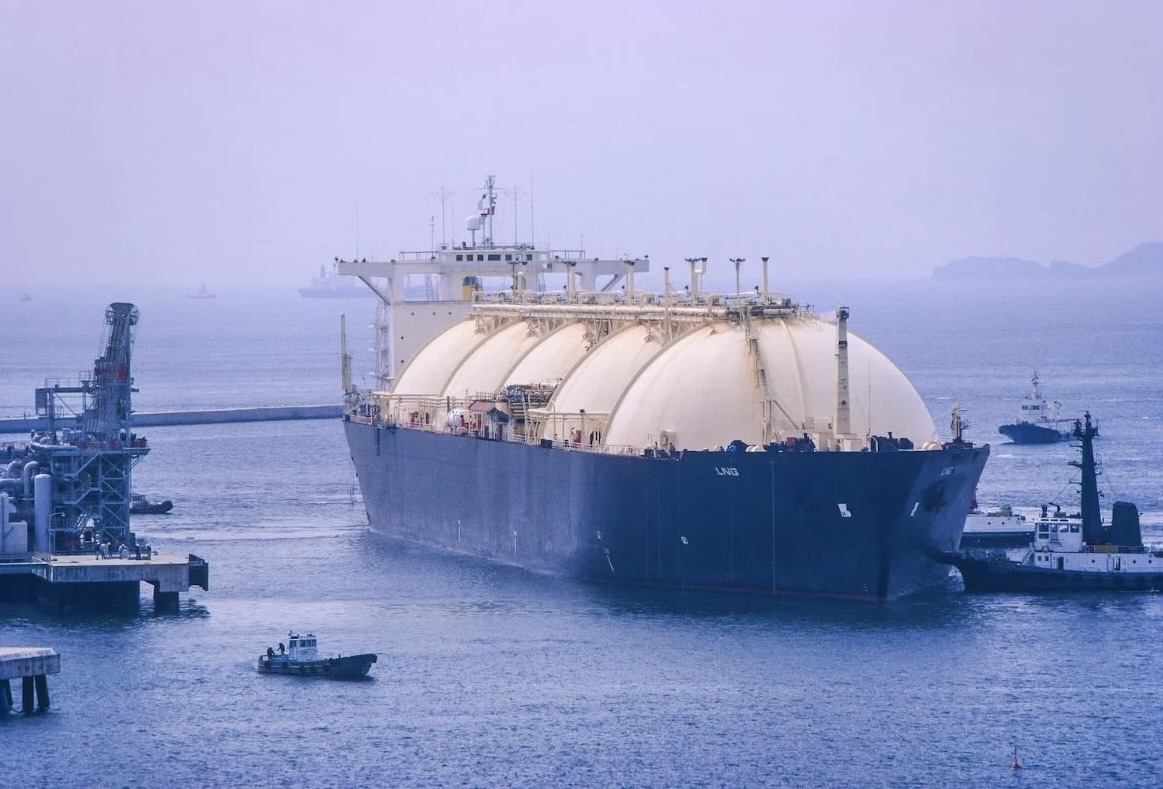
In its corporate guidance for 2025, released Thursday, the Calgary-based energy giant said it plans to grow its total oil and gas production to between 810,000 and 840,000 barrels per day next year, up from its 2024 estimated range of 770,000 to 810,000 barrels per day.
The company said its capital expenditure budget for 2025 is between $6.1 billion and $6.3 billion, down from between $6.3 and $6.5 billion in 2024.
Suncor’s financial performance has been improving under the leadership of CEO Rich Kruger, who was hired in 2023 to turn the company’s fortunes around after a spate of operational challenges and workplace safety incidents.
Suncor is also benefiting from the opening earlier this year of the Trans Mountain pipeline expansion, which has enabled oilsands producers to boost output due to the additional export capacity the pipeline offers.
The company said it is aiming to add more than 100,000 barrels per day of oil and gas production between 2023 and 2026.
Several other Canadian oilsands producers also announced plans Thursday to deliver production growth in 2025.
Imperial Oil Ltd. released its corporate guidance calling for production to grow to between 433,000 and 456,000 barrels of oil equivalent per day, which works out to a growth rate of approximately three per cent year-over-year.
Cenovus Energy Inc. forecast Thursday a 2025 production increase of approximately four per cent compared with 2024, to an estimated range of between 805,000 and 845,000 barrels of oil equivalent per day.
Canadian crude oil production hit an all-time record in 2023, at 5.1 million barrels per day, as companies ramped up in anticipation of the Trans Mountain expansion’s startup. Analysts have suggested that total could increase by as much as 500,000 barrels per day on average this year, though final 2024 figures are not yet available.
In light of the growing production, the government of Alberta — Canada’s main oil-producing province — has said it is looking for ways to encourage pipeline companies to boost capacity and increase the province’s oil and gas export volumes to the United States.
But Canada’s oil industry also faces the challenge of reducing its greenhouse gas footprint, in the face of the climate crisis and the federal government’s pledge to cap emissions from the oil and gas sector at 35 to 38 per cent below 2019 levels by 2030.
The industry has said such a target is the equivalent to a cap on production, and would result in job losses and economic harm.
Environmentalists say there is no way that Canada can continue to grow its oil and gas production and still meet its climate targets.
Oilsands companies have jointly pitched a massive carbon capture project through an industry consortium called the Pathways Alliance, a project they say will help them achieve net-zero greenhouse gas emissions by 2050.
The Pathways Alliance has not yet made a final decision to go ahead with the project.







